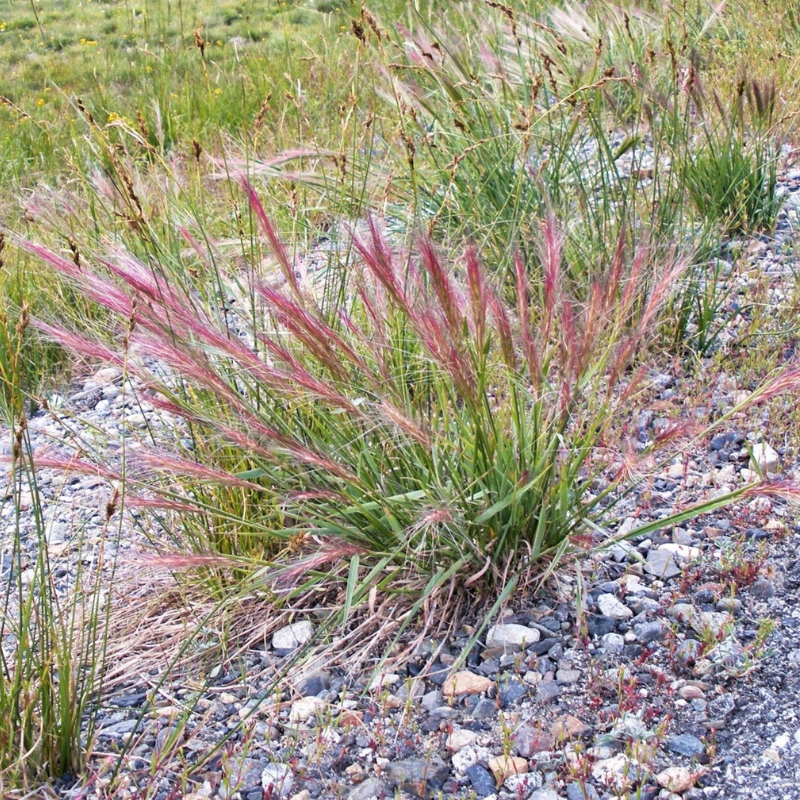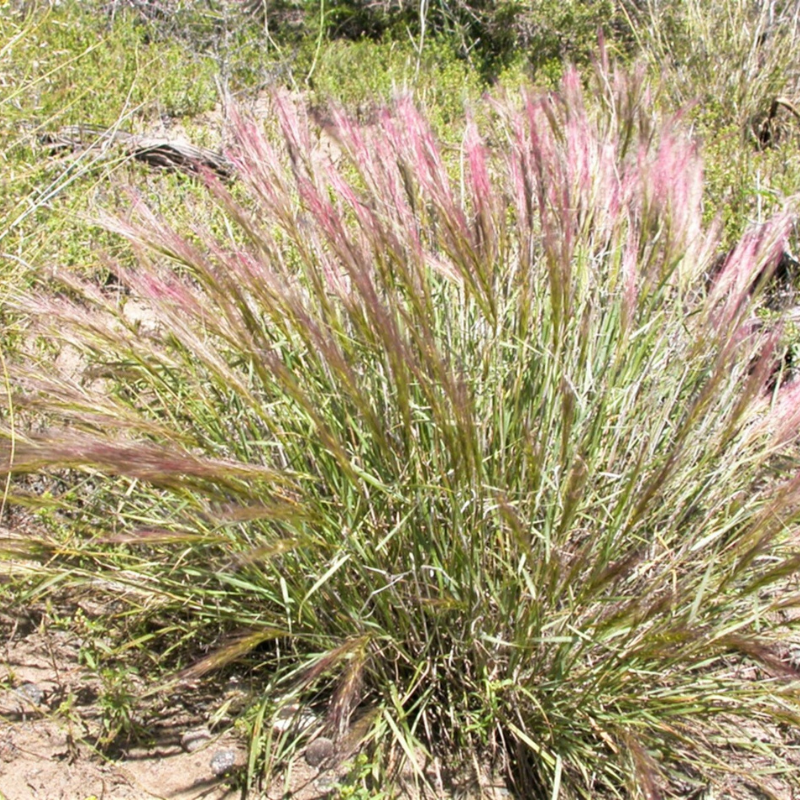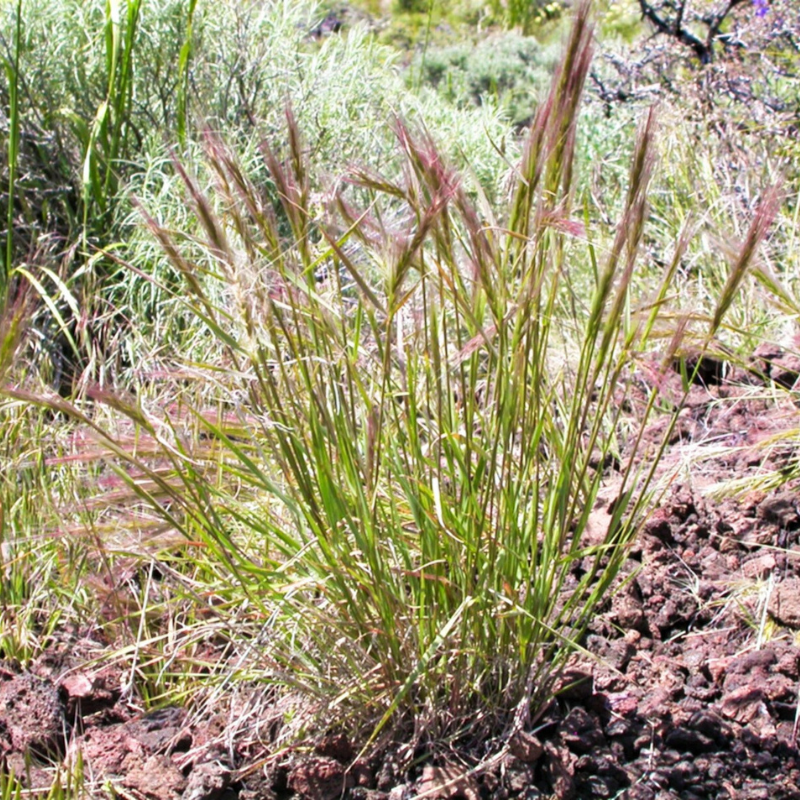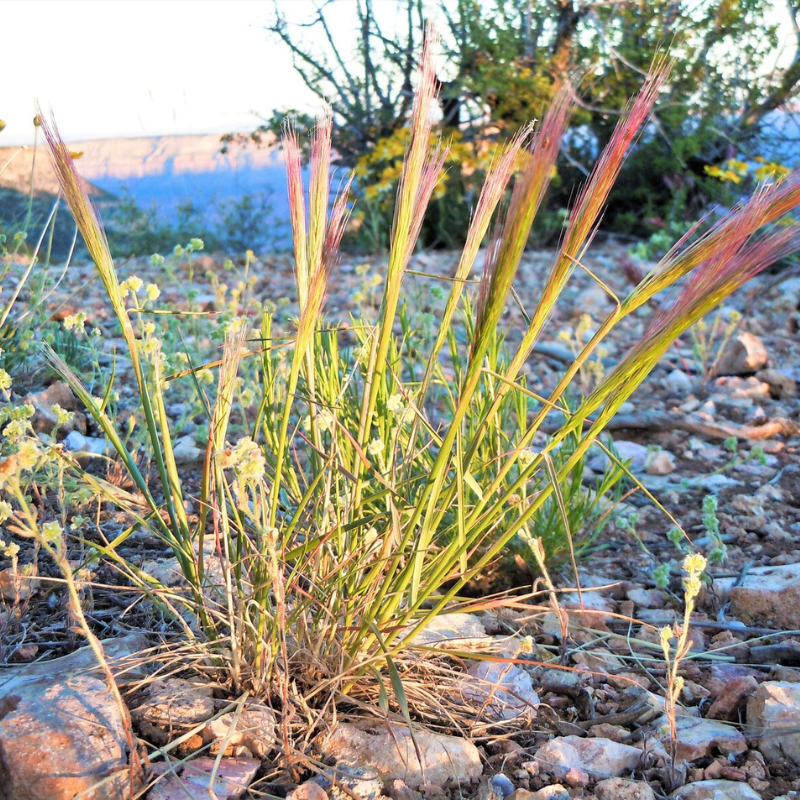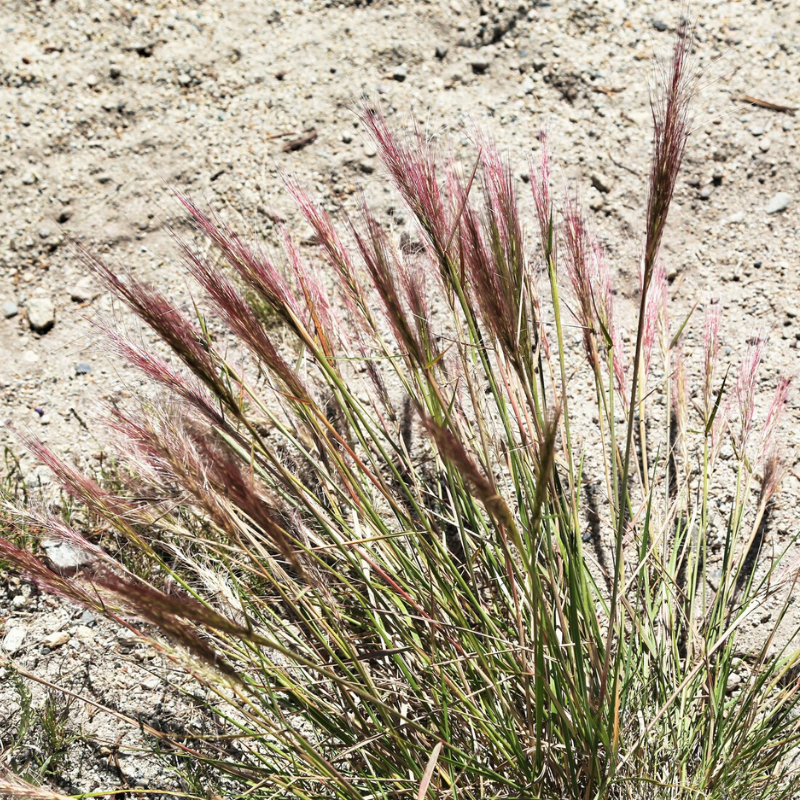- Historical context: Bottlebrush Squirreltail Rye Grass, scientifically known as Elymus elymoides, is a perennial grass native to North America. It has been a part of the natural landscape for centuries.
- Geographical origination: This grass species is native to North America, particularly in the western regions. It is found in a variety of habitats from low to high elevations.
- Relevant cultural significance: Historically, indigenous tribes used the grass for various purposes, including as a food source and for making tools.
- Time period of discovery: The exact time period of discovery is not documented, but it has been a part of the North American landscape for centuries.
- Original habitat: The original habitat of Bottlebrush Squirreltail Rye Grass includes dry slopes, plains, and hillsides.
- Notable historical uses: Historically, the seeds were ground into flour by Native Americans. The grass was also used for making tools.
- Ideal temperature range: This grass species is hardy and can tolerate a wide range of temperatures, but it thrives best in temperatures between 60°F and 75°F.
- Soil type: It prefers well-drained, sandy or loamy soils.
- Sunlight requirements: Bottlebrush Squirreltail Rye Grass requires full sun to partial shade.
- Watering needs: It is a drought-tolerant species and requires moderate watering.
- Planting season: The best time to plant the seeds is in the spring or fall.
- Germination time: The seeds typically germinate in 1-2 weeks.
- Growth cycle duration: The grass reaches maturity in 1-2 years.
- Common pests and diseases: This grass species is generally resistant to pests and diseases.
- Companion planting advice: It can be planted with other native grasses and wildflowers.
- Common challenges and solutions: Overwatering can lead to root rot. Ensure the soil is well-drained.
- Nutritional values: The seeds of the grass were historically ground into flour, suggesting they have some nutritional value, though specific details are not well-documented.
- Health benefits: No specific health benefits are documented.
- Culinary uses: Historically, the seeds were used by Native Americans to make flour.
- Medicinal uses: No specific medicinal uses are documented.
- Other unique advantages: The grass is drought-tolerant and can be used for erosion control. It also provides habitat and food for wildlife.
